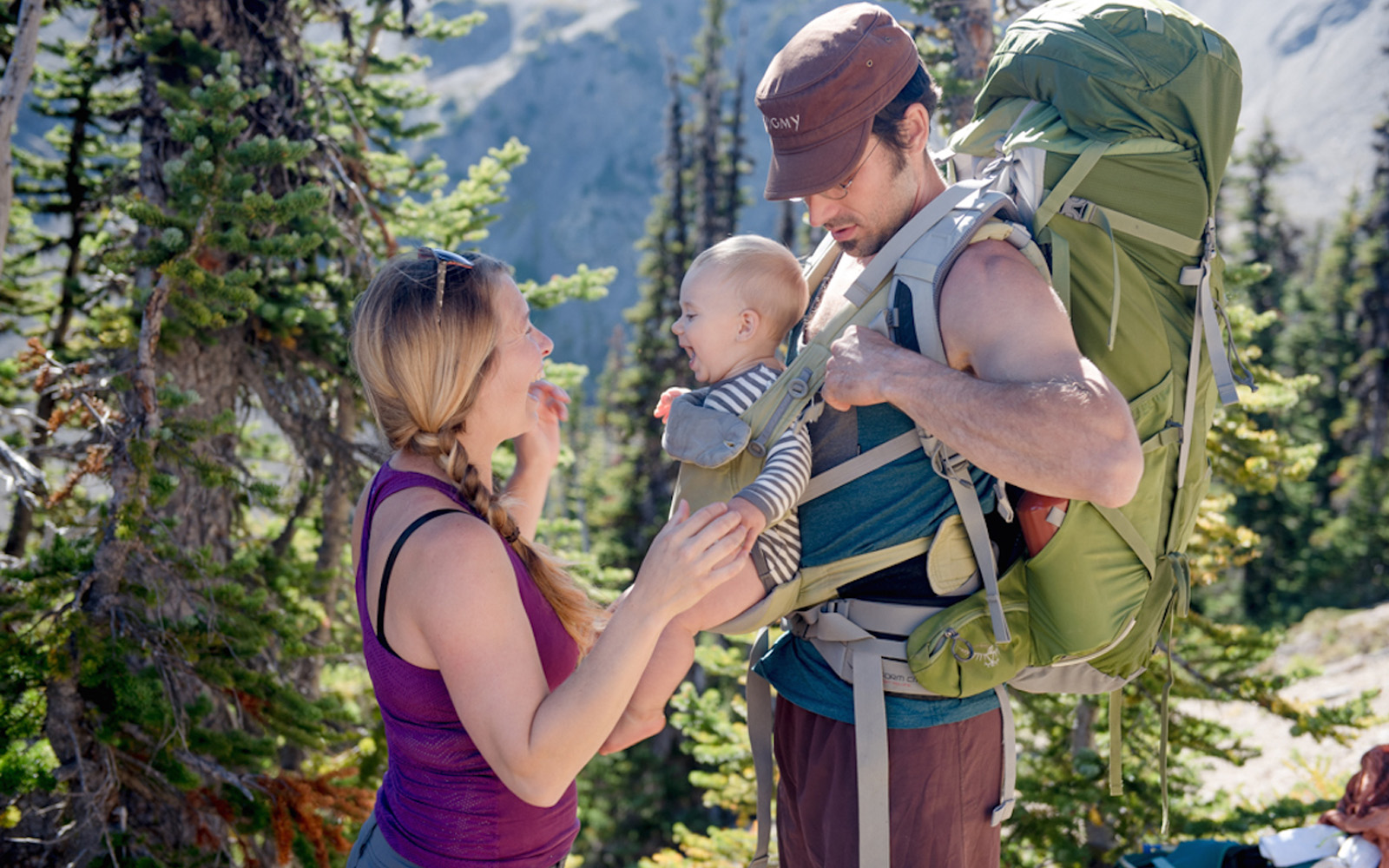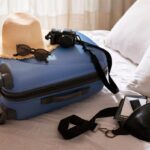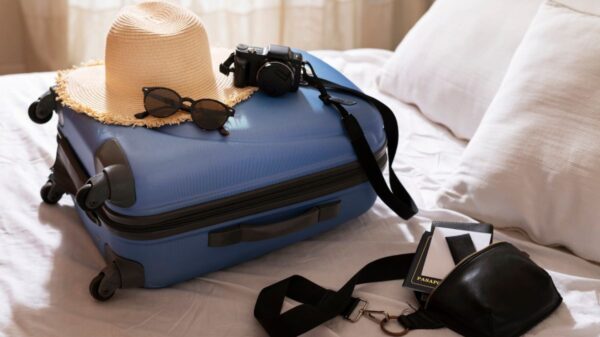Hiking is a wonderful way to connect with nature and enjoy the great outdoors. It allows you to escape the hustle and bustle of everyday life and immerse yourself in breathtaking landscapes. If you’re a parent and an avid hiker, you don’t have to give up your passion just because you have a baby. With careful planning and preparation, you can embark on memorable hiking adventures with your little one. In this article, we will provide you with 10 essential tips to ensure a safe and enjoyable hiking experience with your baby.
Choosing the Right Trail
When hiking with a baby, it’s important to select a trail that is suitable for your little one’s age and abilities. Look for trails that are well-maintained, have gentle slopes, and are not too strenuous. Consider the distance, elevation gain, and terrain to ensure it aligns with your baby’s comfort level. Additionally, choose trails with accessible facilities such as restrooms and picnic areas.
Timing and Duration
Plan your hike around your baby’s schedule. Consider their nap times, feeding times, and overall temperament. Start with shorter hikes and gradually increase the duration as your baby becomes more accustomed to the outdoor environment. It’s also wise to start early in the day to avoid extreme temperatures and crowded trails.
Proper Gear and Equipment
Invest in high-quality gear and equipment designed specifically for hiking with a baby. A sturdy and comfortable baby carrier or backpack is essential for keeping your little one safe and secure. Opt for carriers that provide proper back support for both you and your baby. Additionally, pack essentials such as diapers, wipes, extra clothing, a hat, sunscreen, insect repellent, and a first-aid kit.
Dressing Appropriately
Dressing your baby appropriately for a hiking trip is crucial to their comfort. Consider the weather conditions and dress them in layers, so you can easily adjust their clothing if needed. Use moisture-wicking and breathable fabrics to keep them dry and comfortable. Don’t forget to pack extra socks and a warm hat for cooler weather.
Sun Protection
Protecting your baby from the sun’s harmful rays is essential during a hike. Apply a baby-safe sunscreen with a high SPF to their exposed skin, including their face, arms, and legs. Dress them in lightweight, long-sleeved clothing to minimize sun exposure. Don’t forget to use a wide-brimmed hat and sunglasses for added protection.
Hydration and Nutrition
Staying hydrated and well-nourished is crucial for both you and your baby during a hike. Pack plenty of water and healthy snacks that are easy to consume on the go. If your baby is breastfed, make sure to nurse them frequently to keep them hydrated. For formula-fed babies, carry pre-measured formula and clean water for bottle preparation.
Safety Measures
Prioritize safety when hiking with a baby. Stay on marked trails and be aware of potential hazards such as steep drops or loose rocks. Keep a close eye on your baby at all times, especially near water sources. Use childproof backpacks or carriers to prevent them from accidentally opening zippers or buckles. Familiarize yourself with basic first-aid techniques in case of minor injuries.
Comfortable Carrying Options
Choosing the right baby carrier or backpack is essential for your comfort and your baby’s comfort. Opt for carriers with padded straps and adjustable waist belts for proper weight distribution. Test the carrier’s fit and adjustability before hitting the trail. Ensure that your baby is positioned comfortably with good head and neck support.
Engaging Your Baby
Make the hiking experience enjoyable for your baby by engaging them in the surroundings. Point out interesting sights, sounds, and colors. Take breaks to let them explore their surroundings or play with safe toys. Allow them to touch and feel nature whenever possible, but be cautious of any potential hazards.
Being Prepared for Emergencies
No matter how well you plan, emergencies can happen. Be prepared by carrying a fully stocked first-aid kit that includes items such as band-aids, antiseptic ointment, and tweezers. Familiarize yourself with basic first-aid procedures for common hiking-related injuries. Additionally, inform someone about your hiking plans and expected return time.
Conclusion
Hiking with a baby can be a rewarding and memorable experience for both you and your little adventurer. By following these 10 must-know tips, you can ensure their safety and happiness during your outdoor excursions. Remember to choose the right trail, plan your hike around your baby’s schedule, pack the necessary gear, dress appropriately, and prioritize sun protection, hydration, and nutrition. Keep safety measures in mind, opt for comfortable carrying options, engage your baby in the surroundings, and be prepared for emergencies. Now, get ready to embark on amazing hiking adventures with your baby!
FAQs
1. Is it safe to hike with a newborn baby?
Hiking with a newborn requires extra caution and consideration. Consult with your pediatrician and ensure you have the appropriate gear and support to keep your baby safe and comfortable.
2. How do I choose the right baby carrier for hiking?
Look for baby carriers specifically designed for hiking. Consider features such as proper back support, adjustable straps, and weight distribution to ensure both you and your baby are comfortable.
3. Can I use a stroller for hiking with a baby?
While some trails may be suitable for strollers, it’s generally more practical to use a baby carrier or backpack for hiking. Strollers can be challenging to maneuver on uneven terrain.
4. What should I do if my baby gets fussy during a hike?
Take breaks, offer snacks or feedings, and engage your baby with interesting sights and sounds. If needed, be prepared to cut the hike short and prioritize your baby’s comfort.
5. How do I handle emergencies during a hike with a baby?
Carry a fully stocked first-aid kit and be familiar with basic first-aid procedures. Additionally, inform someone about your hiking plans and expected return time in case you need assistance.









